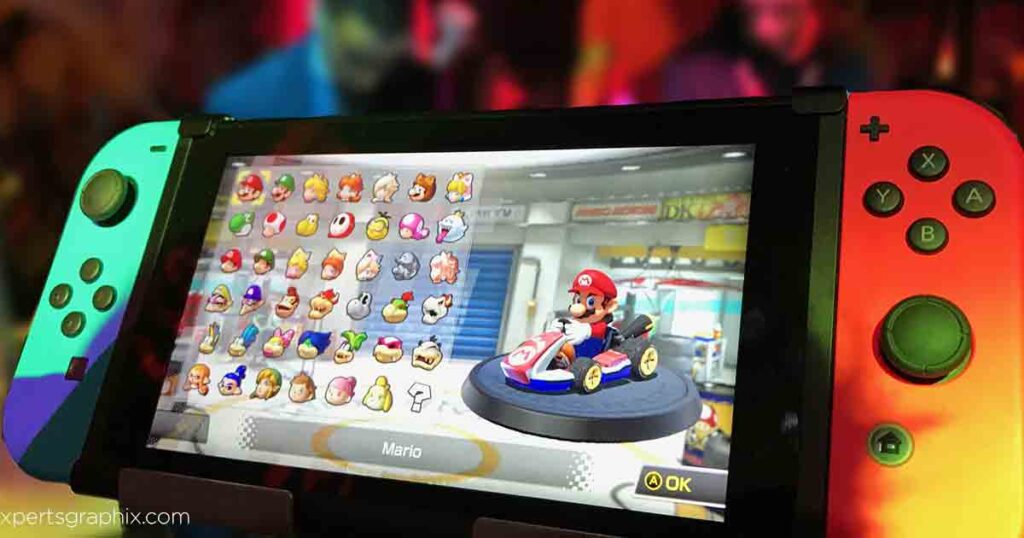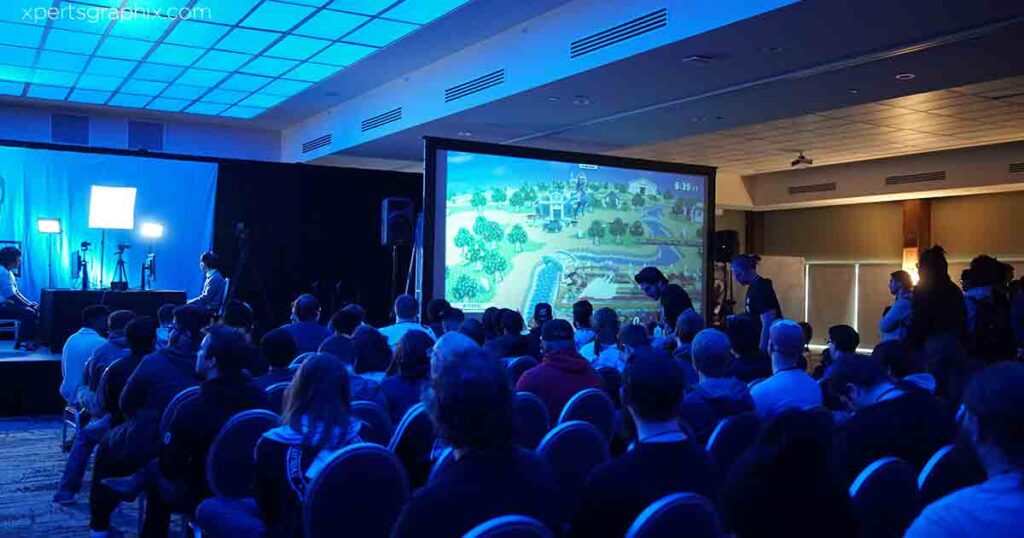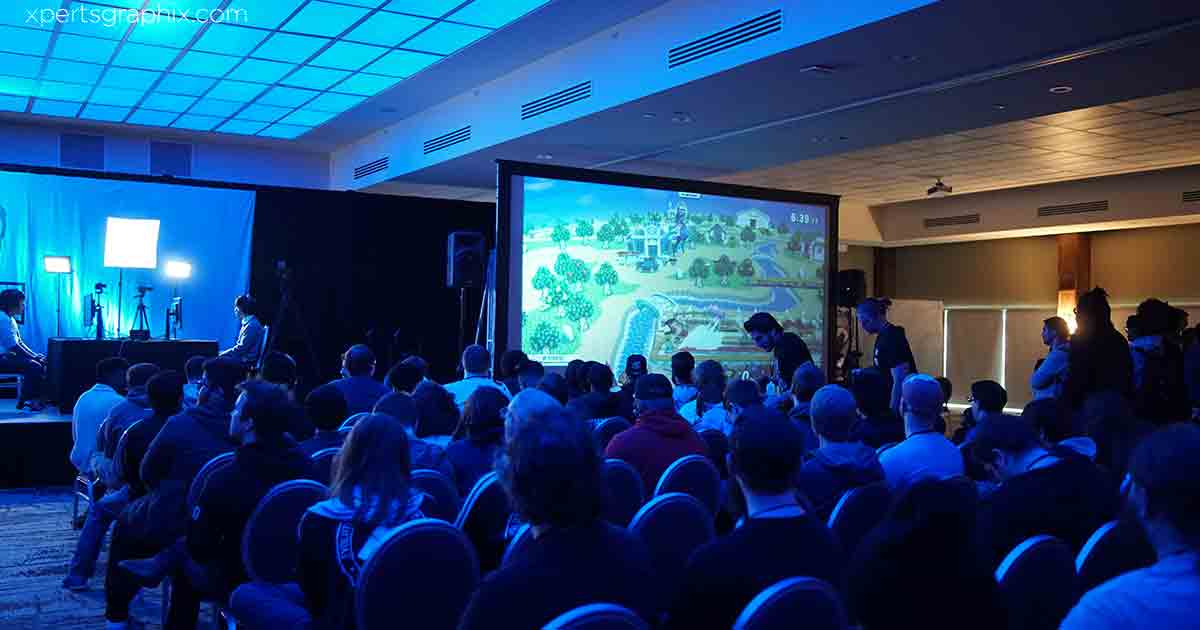Game design inspiration

Game design inspiration for puzzle games
Game design inspiration
Puzzle games have always been a mainstay in the gaming industry, with titles like Tetris, Bejeweled, and Candy Crush Saga capturing the hearts of millions of players worldwide.
These games offer unique challenges and gratifying experiences that keep players entertained and engaged for hours.
It’s essential to tap into the right game design inspiration.
This article will explore the key elements of successful puzzle games, drawing from popular examples and offering invaluable insights for aspiring game designers.

Embrace simplicity
Puzzle games often thrive on simplicity.
The core mechanics should be easy to understand, allowing players to grab the concept and dive into gameplay.
The classic game Tetris, for example, features a straightforward mechanic of fitting different-shaped blocks together to form complete lines.
This simplicity makes the game accessible and enjoyable for many players.
To apply this principle to your game design, focus on a core gameplay loop that is easy to comprehend and explain to others.
Keeping the basic mechanics simple can attract a broad audience and ensure your game has a solid foundation for further development.
Create Depth through Layers of Complexity
While simplicity is crucial for the foundation, incorporating layers of complexity adds depth and long-term appeal to a puzzle game.
For instance, in Bejeweled, players must match three or more gems of the same color to remove them from the board. As players progress, new mechanics, such as special gems that can clear entire rows or columns, are introduced.
When designing your puzzle game, consider how you can introduce new mechanics, challenges, or objectives that build on the basic gameplay loop.
This will keep players engaged and encourage them to develop new strategies as they progress through the game.
Foster a Sense of Progression and Achievement
Progression and achievement are essential to maintaining player motivation.
One way to foster a sense of progression is through level design.
In Candy Crush Saga, players advance through challenging levels, each with unique objectives and constraints.
As players complete levels, they unlock new episodes and receive rewards, encouraging them to continue playing.
To incorporate progression into your puzzle game, consider implementing a leveling system or dividing the game into distinct stages with varied objectives.
Offer rewards such as in-game currency, power-ups, or cosmetics to celebrate player achievements and motivate them to play.
Encourage Player Creativity and Expression
Puzzle games that encourage played creativity and expression foster a feeling of ownership and investment in the game.
In World of Goo, players must build structures using goo balls to reach specific goals.
The open-ended nature of the game allows for multiple solutions.
It encourages players to experiment with different strategies and techniques.
In your game design, consider how you can provide players with opportunities to express themselves through gameplay.
Offering multiple paths to success or incorporating sandbox elements can empower players and lead to a more engaging and rewarding experience.
Focus on Aesthetics and Immersion
A puzzle game’s visual and auditory elements can enhance the player’s experience.
A well-designed game world can draw players in and create a sense of immersion that complements the gameplay.
The game Monument Valley, for example, features stunning visuals and a mesmerizing soundtrack that creates an enchanting atmosphere, making the puzzle-solving experience even more enjoyable.
When designing your puzzle game, pay close attention to the visual and auditory elements.
Develop a cohesive art style and consider how music and sound effects can contribute to the overall atmosphere.
A well-crafted aesthetic can help your game stand out and create a memorable player experience.
Optimize for Replayability and Longevity
One of the key factors contributing to a puzzle game’s success is its Replayability and longevity.
Players are more likely to return to a game that offers new challenges, encourages experimentation, and presents varied gameplay experiences.
The game Portal, for example, features multiple levels with different puzzles that require players to think creatively and use different strategies to complete each challenge.
To optimize your game for Replayability, consider implementing generated levels, alternate game modes, or daily challenges.
Encourage players to revisit levels to achieve higher scores, unlock hidden content, or discover new ways to solve puzzles.
By offering fresh and engaging content, you can ensure your game remains appealing to players over the long term.
Cultivate a Strong Community
A strong community can be an invaluable asset for a puzzle game.
Players who feel connected to a community are likelier to continue playing, share their experiences with others, and promote the game through word of mouth.
For instance, the game Baba is. You have a dedicated fan base that shares strategies, discusses additional levels, and collaborates on custom content.
To foster a vibrant community around your puzzle game, engage with players through social media, forums, and other online platforms.
Encourage players to share their experiences, ask for feedback, and involve the community in the development process.
By cultivating a strong community, you can create a supportive and enthusiastic player base contributing to the game’s success and longevity.

Conclusion
In conclusion, game design inspiration for puzzle games can be found by examining the core elements of successful titles in the genre.
Embracing simplicity, creating depth through complexity, fostering progression and achievement, encouraging player creativity and expression, focusing on aesthetics and immersion, optimizing for Replayability and longevity, and cultivating a strong community are all critical factors in creating a captivating and successful puzzle game.
Understanding and applying these principles to your game design can unlock the secrets to success and create a puzzle game that stands the test of time.
FAQ’s
Q: What is the importance of simplicity in puzzle game design?
A: Simplicity in puzzle game design is essential because it makes the core mechanics easy to understand and accessible to many players.
Q: How can complexity be added to a puzzle game to create depth?
A: Complexity can be added by introducing new mechanics, challenges, or objectives that build on the basic gameplay loop, keeping players engaged and encouraging them to develop new strategies.
Q: Why are progression and achievement crucial for puzzle games?
A: Progression and achievement help maintain player motivation by rewarding them for their efforts and providing new challenges as they advance through the game.
Q: How can puzzle games encourage player creativity and expression?
A: Puzzle games can encourage player creativity and expression by providing multiple paths to success, incorporating sandbox elements, and allowing various strategies and techniques to solve puzzles.
Q: What role do aesthetics and immersion play in puzzle game design?
A: Aesthetics and immersion enhance the player experience by creating a cohesive, appealing game world and using music and sound effects to contribute to the overall atmosphere.
Q: How can Replayability and longevity be optimized in puzzle games?
A: Replayability and longevity can be optimized by implementing generated levels, alternate game modes, and daily challenges and encouraging players to revisit stories for higher scores or to discover new solutions.
Q: What is the importance of cultivating a strong community around a puzzle game?
A: Cultivating a strong community is important because it creates a supportive and enthusiastic player base, shares experiences, provide feedback, and promotes the game through word of mouth, contributing to its success and longevity.




